Istanbul European Side
EUROPEAN SIDE CITY GUIDE
The European Side of Istanbul is the name of the lands of Istanbul which is one of the most popular cities of Turkey. This area is known for historical sites, museums, shopping malls and night life.
Crowne Plaza
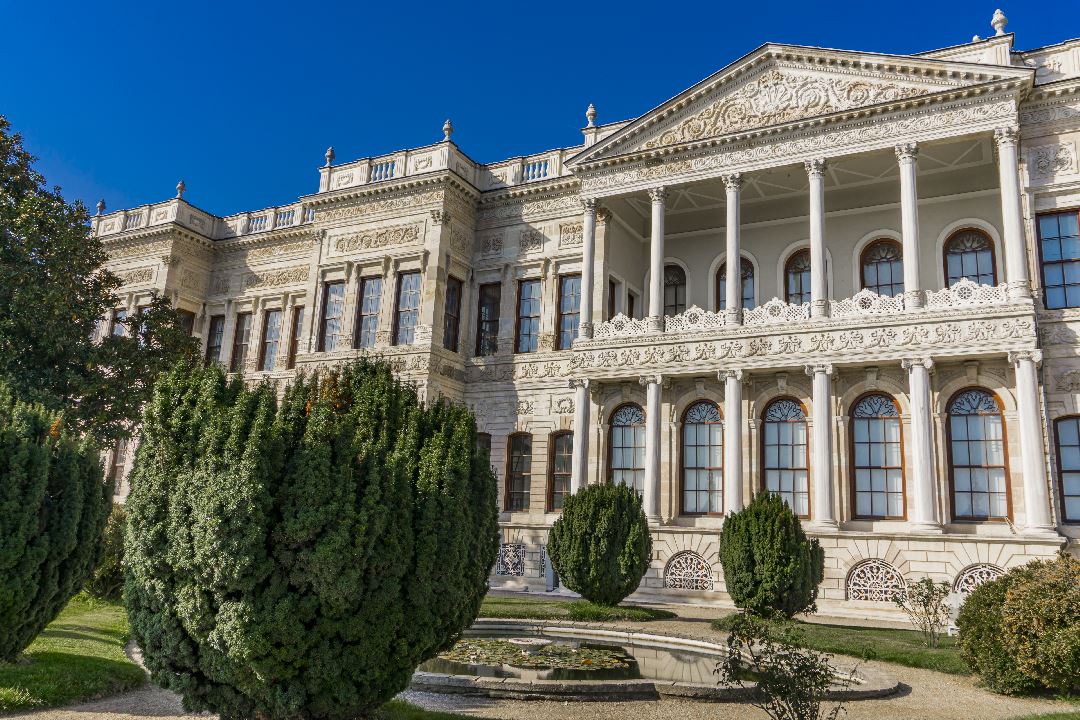
Dolmabahce Palace
Constructed between 1843 and 1856 as a mixture of the various characteristics of the European art. This palace with the largest ball hall out of the places in the world achieved to remain unchanged as an original building with its internal decoration, silk carpets and curtains, furniture and all other articles. Dolmabahce Palace is a beach palace with such great wealth and magnificence that is not available in other palaces. The walls and ceilings are decorated with the paintings and tons of gold embroideries from the then-famous European artists and craftsmen. The Palace has been serving as a museum since 1984. This magnificent palace that witnessed a great history is one of the must-sees for anyone, who visits the city of Istanbul.
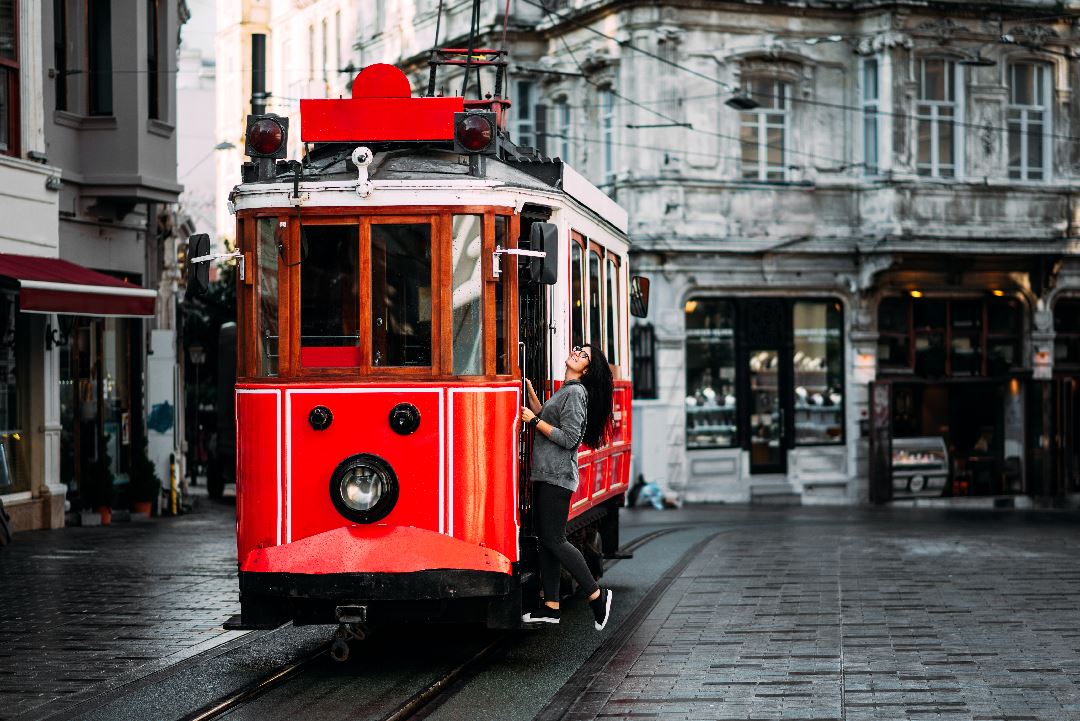
Beyoğlu
Beyoğlu is the location of Istanbul that never sleeps. Vivid, colorful and crowded at all the time. A cosmopolite mosaic of Turkey where people with different ethnical cultures live together. This location has an atmosphere that almost summarizes the city. This is an indispensable neighborhood of Istanbul, where you can meet people of any color, there are entertainment locations of different styles, you encounter street hawkers selling chestnuts, corns and more, and you can feel lost when you blend in with the crowd listening the music heard in the streets.
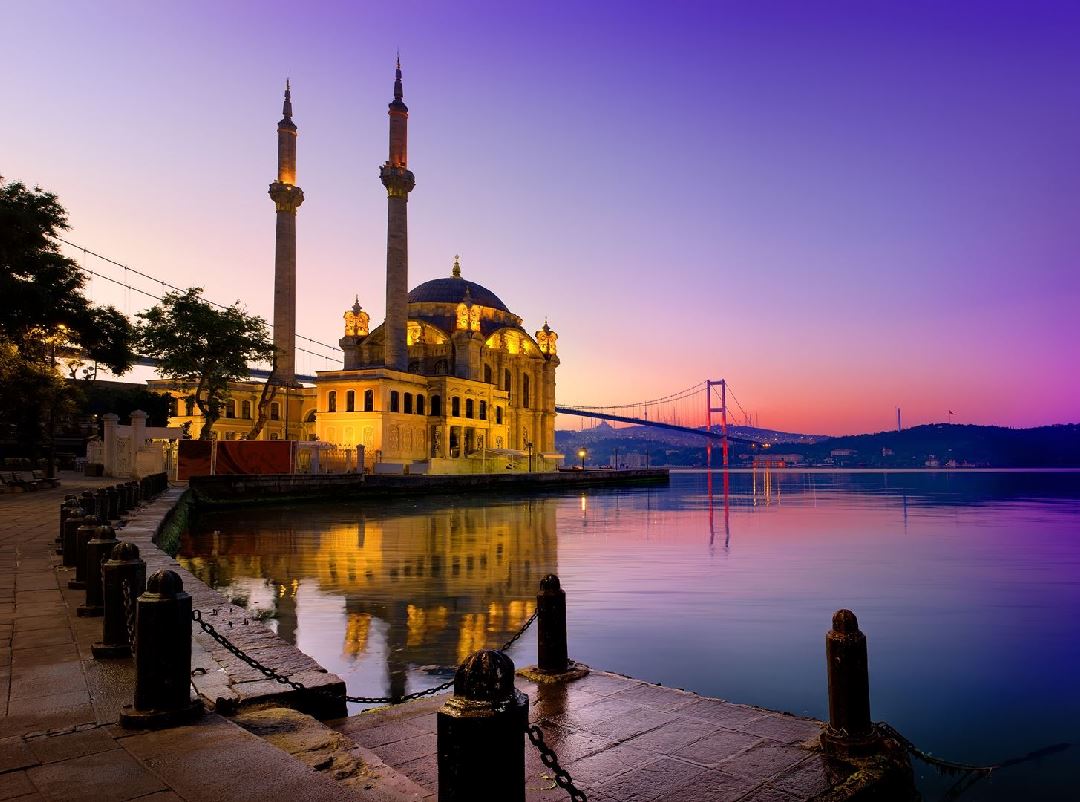
Great Mosque Of Sultan Abdulmejid
Constructed between 1843 and 1856 as a mixture of the various characteristics of the European art. This palace with the largest ball hall out of the places in the world achieved to remain unchanged as an original building with its internal decoration, silk carpets and curtains, furniture and all other articles. Dolmabahce Palace is a beach palace with such great wealth and magnificence that is not available in other palaces. The walls and ceilings are decorated with the paintings and tons of gold embroideries from the then-famous European artists and craftsmen. The Palace has been serving as a museum since 1984. This magnificent palace that witnessed a great history is one of the must-sees for anyone, who visits the city of Istanbul.
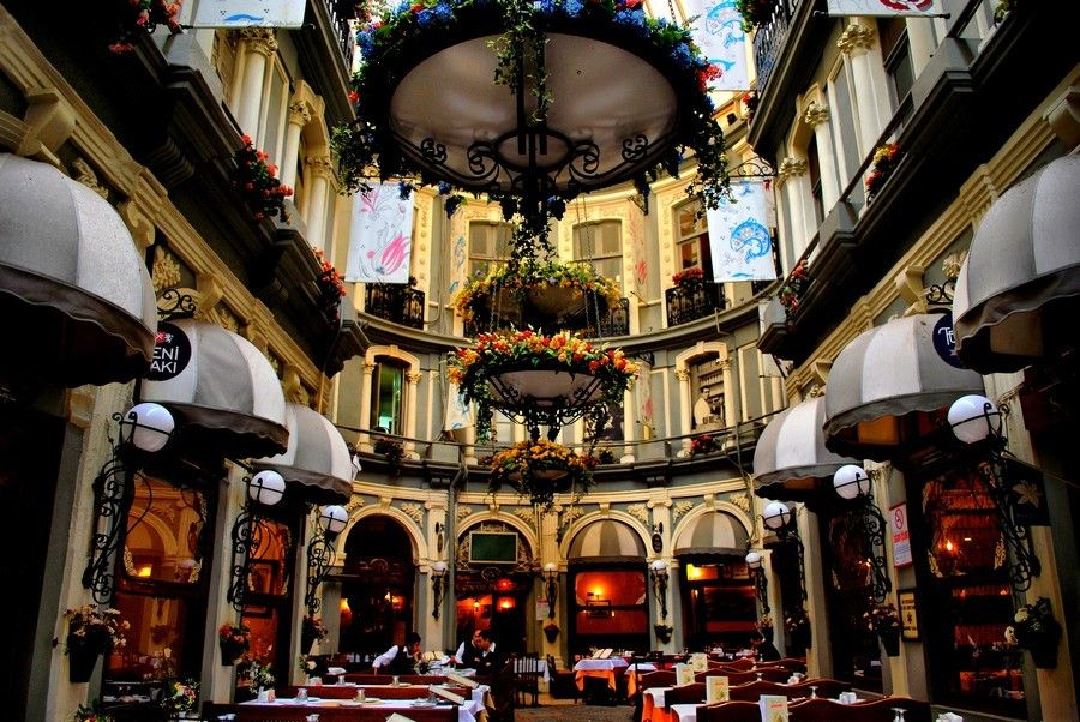
Cite De Pera
This building constructed in place of Hoca Nazım Theater destroyed during the big fire of Beyoğlu in 1870 was first called Christakis Passage, and then started to be called Cité de Péra or Flower Passage since many flower shops were opened during the armistice years. Taverns that opened in the 1940’s (in particular, Nektar Beerhouse) started to attract a significant crowd of customers. When flower shops started to move to other streets in the 1950’s, new taverns kept opening in the places vacated by them. At the end of the 1950’s, the name “flower” is nothing but a memory, and the passage has become the place of taverns as it is now. This neglected building that suddenly collapsed on May 10, 1978 was put into service again in 2005, and it is now serving those who wish to enjoy raki, fish and appetizers accompanied by live music.

Topkapı Palace
It was built by order of Mehmed the Conqueror in 1478. It had been the state administrative center and the residence of the Ottoman sultans for 380 years until Dolmabahce Palace was constructed. It was vacated when the sultans started to live in Dolmabahce, Yıldız and other places. After it was abandoned by the sultans, it did not lose its importance, and started to serve as a museum after some minor repairs in 1924. Topkapı Palace, where the Ottomans sultans ruled the world, in particular, during the classical age, and the ‘Spoonmaker's Diamond’ considered one of the world’s famous diamonds kept at this palace are among those that must be seen in Istanbul.

Arasta Bazaar
Arasta Bazaar was also called Sipahi (Cavalrymen) Bazaar since the materials for cavalrymen used to be sold there in the Ottoman period. Constructed based on a significant repair on the old Byzantine ruins, Arasta Bazaar is a street, where about seventy shops are located in both sides selling traditional carpets, rugs, souvenirs and İznik potteries. Some mosaics from a Byzantine Palace were found during the excavations carried out in the region in the 1930’s, which proves that this region belonged to a palace complex. Destroyed during a fire in 1912, the bazaar remained ruins for many years, and then renovated in 1980 and put into service as a great location in Istanbul.
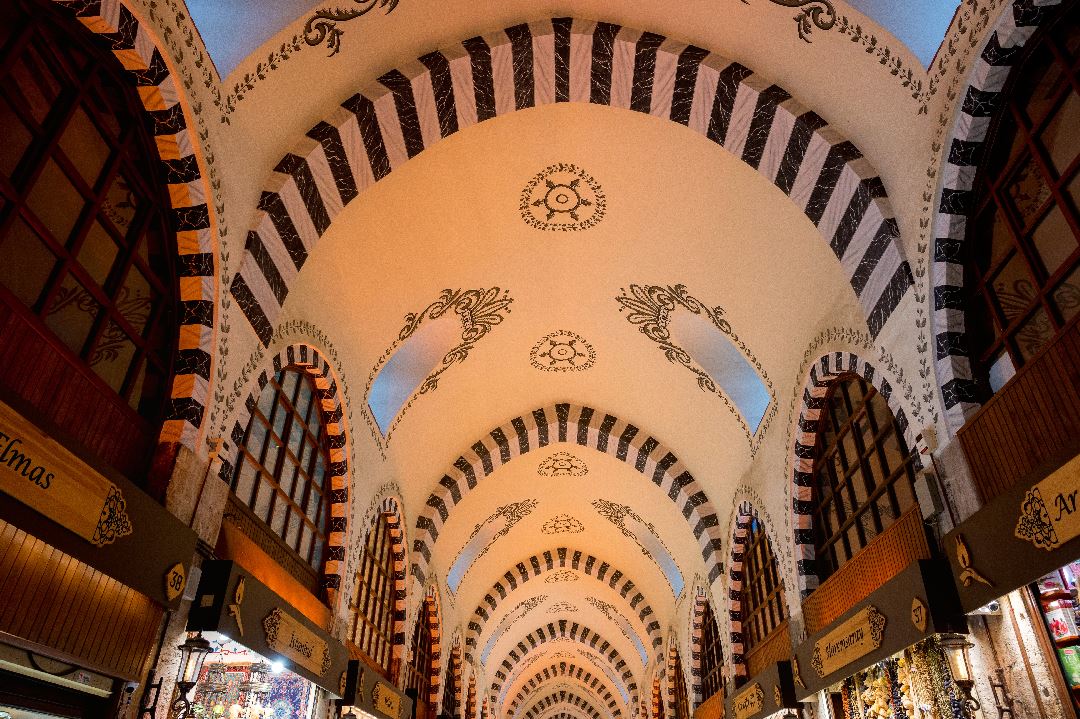
Grand Bazaar
The world’s oldest and largest covered market is at the heart of the city of Istanbul. This Bazaar has about 60 streets and more than three thousands shops. Everyone in the world who is interested in Istanbul includes the Grand Bazaar to their list of the locations to see. Always dynamic, vivid and inviting, the Grand Bazaar is one of the places in Istanbul you must see and experience.

Spice Bazaar
The Spice Bazaar, which was then the pharmacy of Istanbul, was constructed by order of Turhan Sultan in 1660. Known for herbalists, this bazaar is still used a location, where natural medicines, spices, flower seeds, rare plant roots and barks and, other traditional products as well as dried fruits, charcuterie products and various foodstuffs. The bazaar is open on Sundays too. This historical, magical structure awaits the customers in the middle of Eminönü with a colorful ambiance accompanied by the scents of spices mixed with one another.
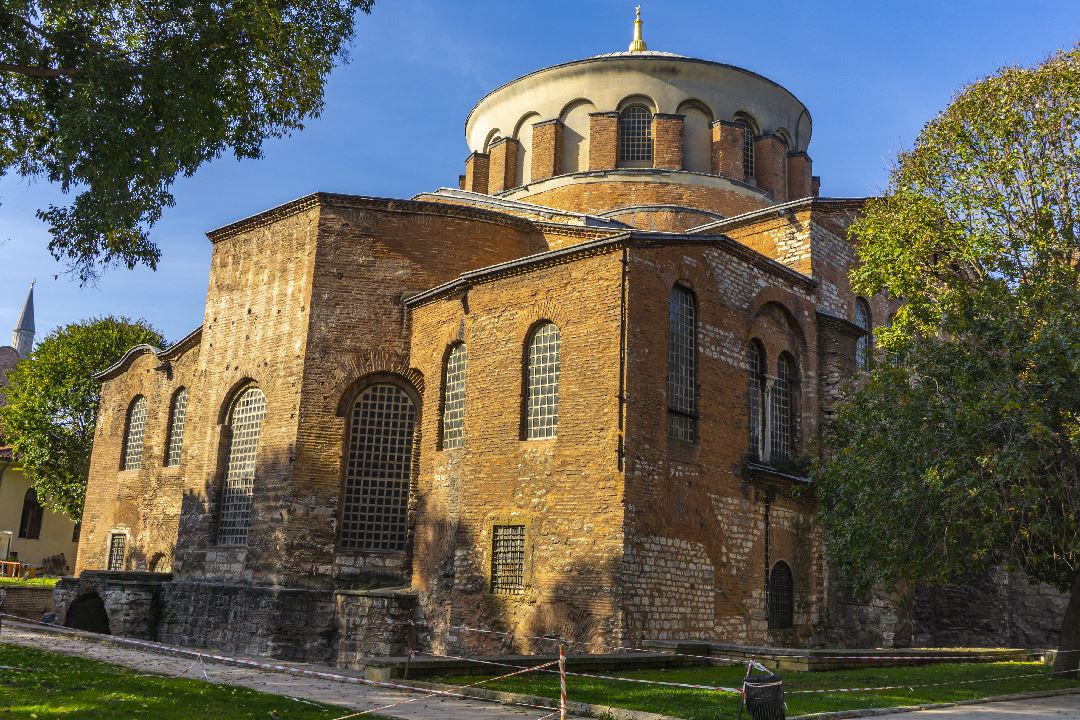
Hagia Irene
Located in the first yard of Topkapı Palace, Hagia Irene was constructed in the 6th century during the period of Emperor Justinianus. It is a typical Byzantine building with its materials and architecture. It is the only church with an atrium that survived up until today in Istanbul. There has been no significant change in this building since it was not converted to a mosque after Istanbul was conquered in 1453. As one of the first churches of the Byzantines, Hagia Irene reflects all the architectural characteristics of the period of Emperor Justinianus I. Used as a storage for booties and weapons for many years, called Imperial Museum in 1869, and allocated for various events as a military museum as from 1908, this building is also used for concerts and performance purposes.
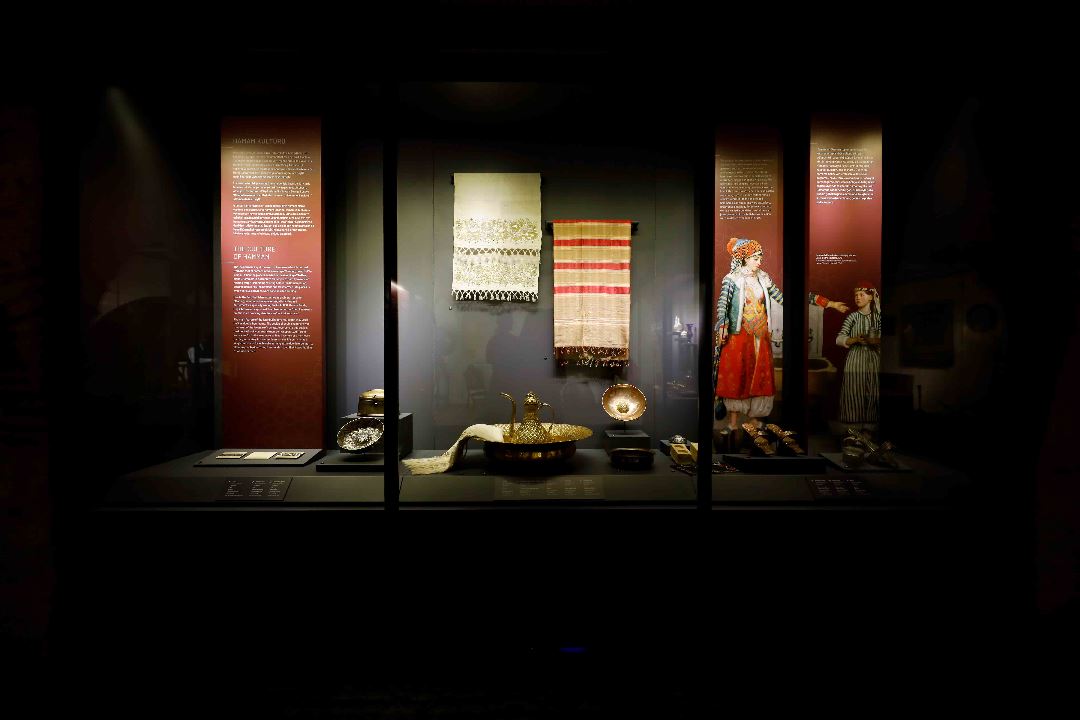
Turkish and Islamic Arts Museum
This is the first Turkish museum to cover the works of Turkish and Islamic art. It was opened to visit in 1914 with the name of Evkaf-ı İslamiye Museum in a building located in the complex of Suleymaniye Mosque, one of the most important works of Sinan the Architect. After the proclamation of the republic, it started to be called ‘Turkish and Islamic Arts Museum’. It was moved to Ibrahim Pasha Palace in 1983. Given the Jury’s Special Award in the museum of the year competition organized by the European Council in 1984, and the award given by UNESCO for its efforts and activities intended to make children love cultural heritages. Among one of the world’s select museums in this field, it has distinguished works from almost every periods and types of Islamic art with a collection containing more than 40,000 pieces.
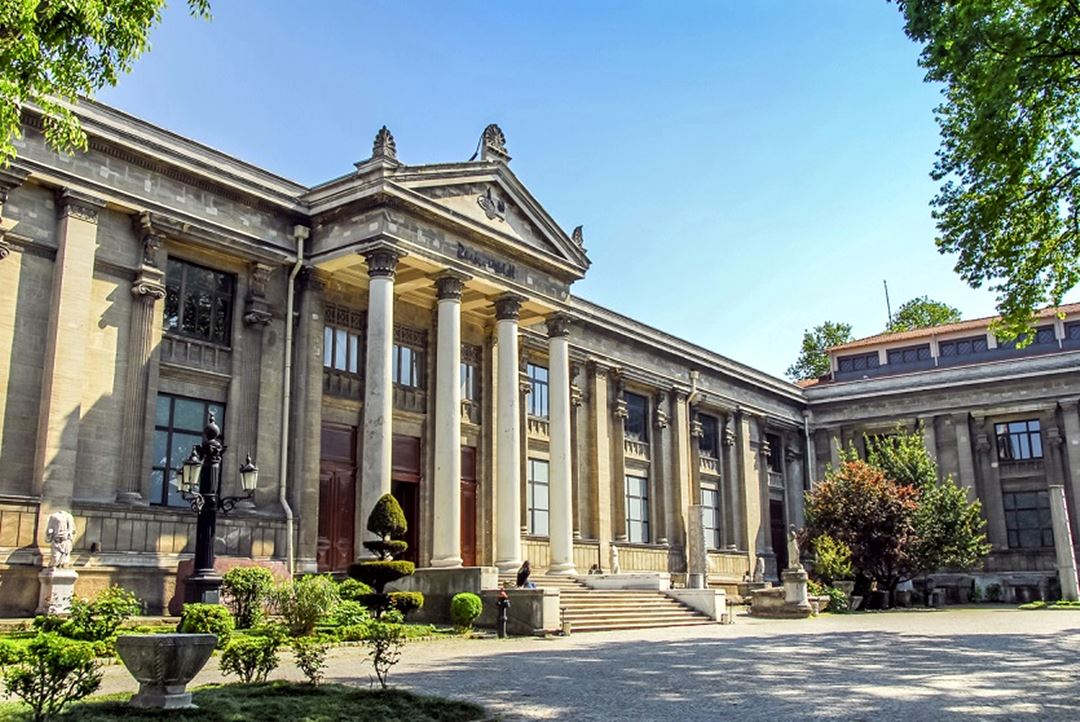
Archeology Museum
This museum founded by painter and archeologist Osman Hamdi Bey was put into service on June 13, 1891 with name of Müze-i Hümayun. This monumental building’s architect was Vallaury. It has unique statues from the Archaic Age to the Roman Period. It was constructed in 1883 as the first Sanay-i Nefise Mektebi (Academy of Fine Arts) in our country by order of Osman Hamdi Bey. The museum of oriental antiquities located within the building is the richest and significant museum of our country, first constructed as a country house in 1472 by order of Mehmed the Conqueror. Selected as the ‘museum of the year’ by the European Council in 1992.
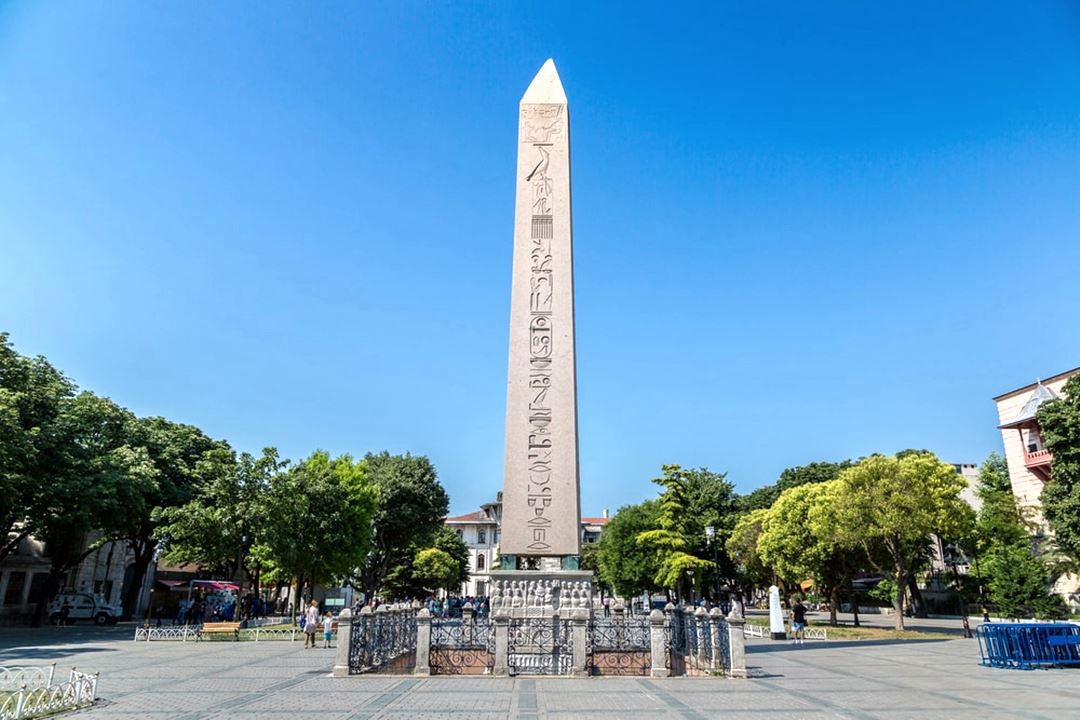
Obelisk Of Theodosius
There are many obelisks brought from Egypt to various cities of the world. The obelisk in Istanbul was first erected in 1547 BC for the sake of Pharaoh Thutmosis III in the city of Annu called as Heliopolis by Greeks. Thutmose's victories are written on it in hieroglyph. The stone first attracted the attention of the Byzantine Emperor Constantine and asked the Egyptian to send the stone to him. The obelisk was first erected in Hippodrome with the order of the Byzantine Emperor Theodosius in the 390s. On the base, there are embossments of Theodosius I, his sons and wife, Arcadius, Honorius and the Emperor Valentinian II. There are also some scenes from the Hippodrome and depictions displaying the erection of the obelisk.
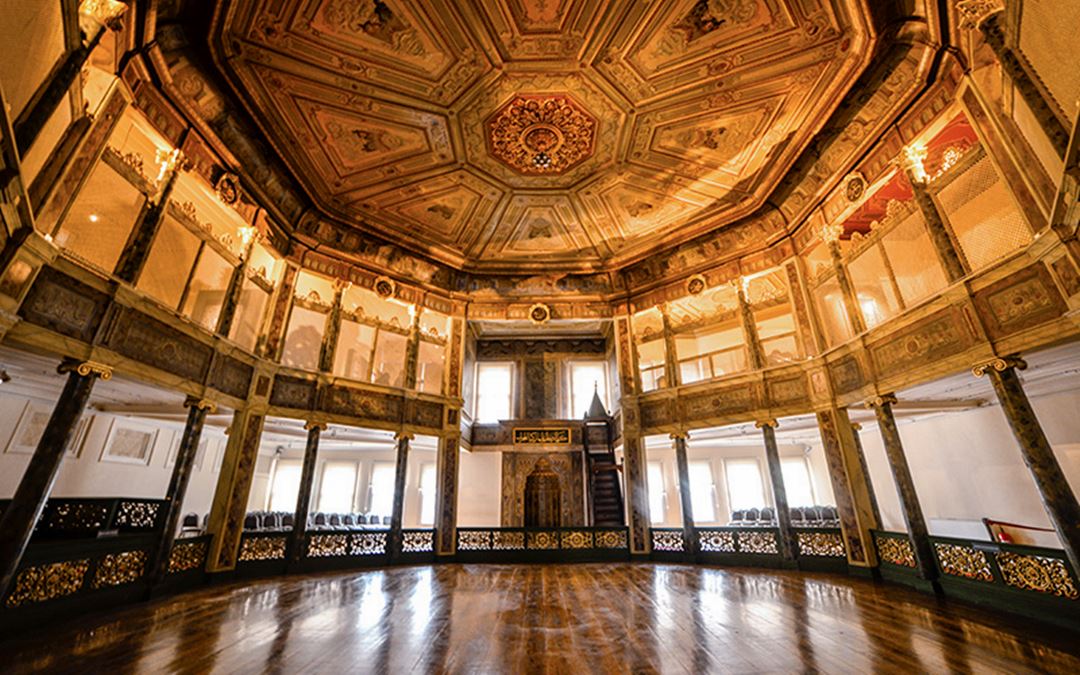
Galata Mevlevi Lodge
Put into service in 1975 as a museum, Galata Mevlevi Lodge (Galata Mevlevihanesi) also known as Kulekapı Mevlevi Lodge (Kulekapı Mevlevihanesi) is one of the institutions that reflects the culture and art of the period. Located on the beginning of the slope to Yüksekkaldırım in Beyoğlu, this building is the oldest Mevlevi Lodge in Istanbul. Constructed as a social complex in 1491, this Mevlevi Lodge is currently serving as a museum. Having been combining music and science for centuries, Mevlevi Lodges have a significant impact on the Turkish culture. It would be a unique experience to witness the performances of whirling dervishes in Galata Mevlevi Lodge.
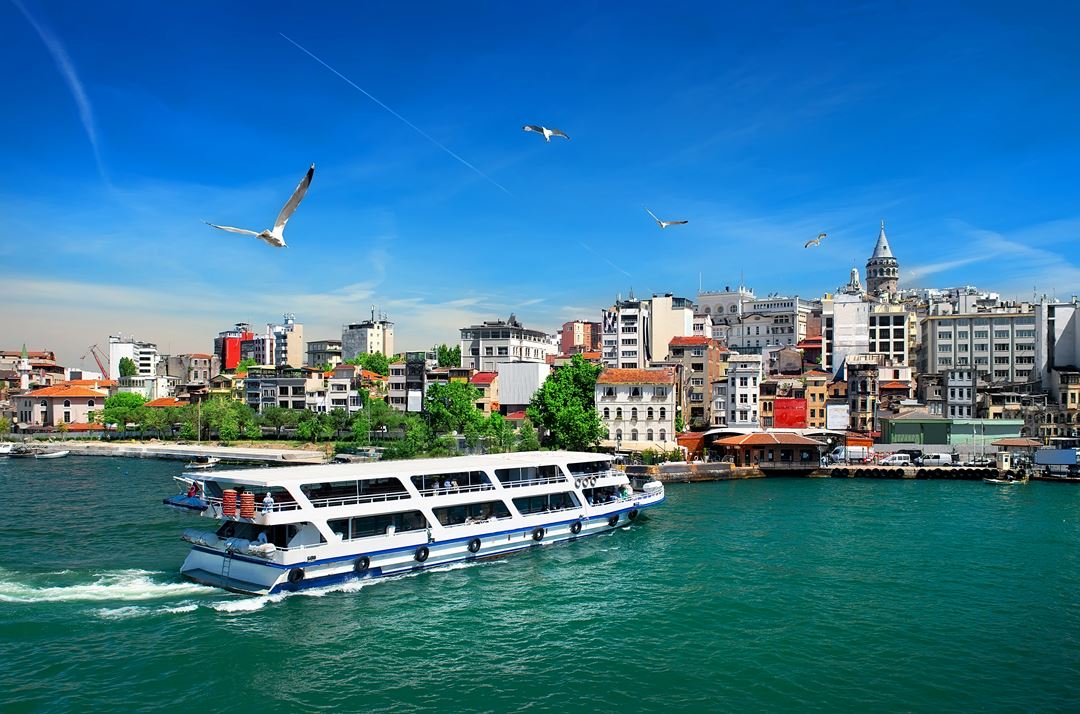
Galata Tower
Constructed in 528, used as a dungeon in the 15th century, and as a fire tower in the 16th century, this tower, from which Hezarfen Ahmet Çelebi flied for the first time in history with wooden wings, is one of the most significant works of the Genoese architecture. The cafes and restaurants of Galata Tower, where you can enjoy the panoramic view of Istanbul, opens at nine in the mornings and served until the midnight. This neighborhood that acquired a different ambiance with the presence of Galata Tower witnessing many different civilizations promises joyous moments for visitors also with boutique shops around.
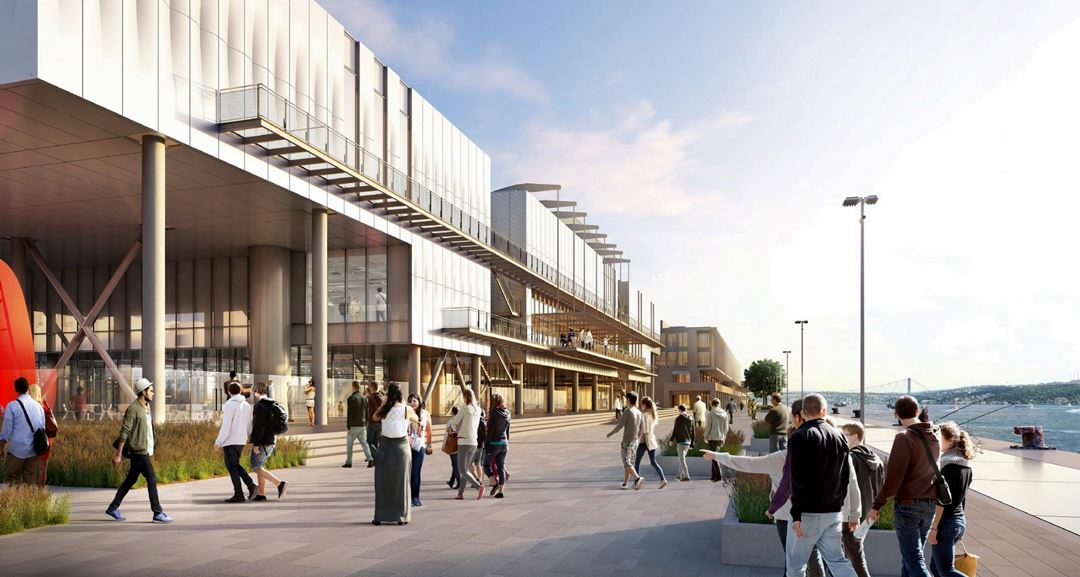
Istanbul Modern
Istanbul Modern is one of the first locations to achieve to go beyond the traditional understanding of a museum in the city with social programs and education projects it organizes. The museum has both permanent and limited time exhibitions. Istanbul Modern has a café, where you have a rest and enjoy your time, and a library, where you can find art-related materials. It has also a movie theater showing independent films.
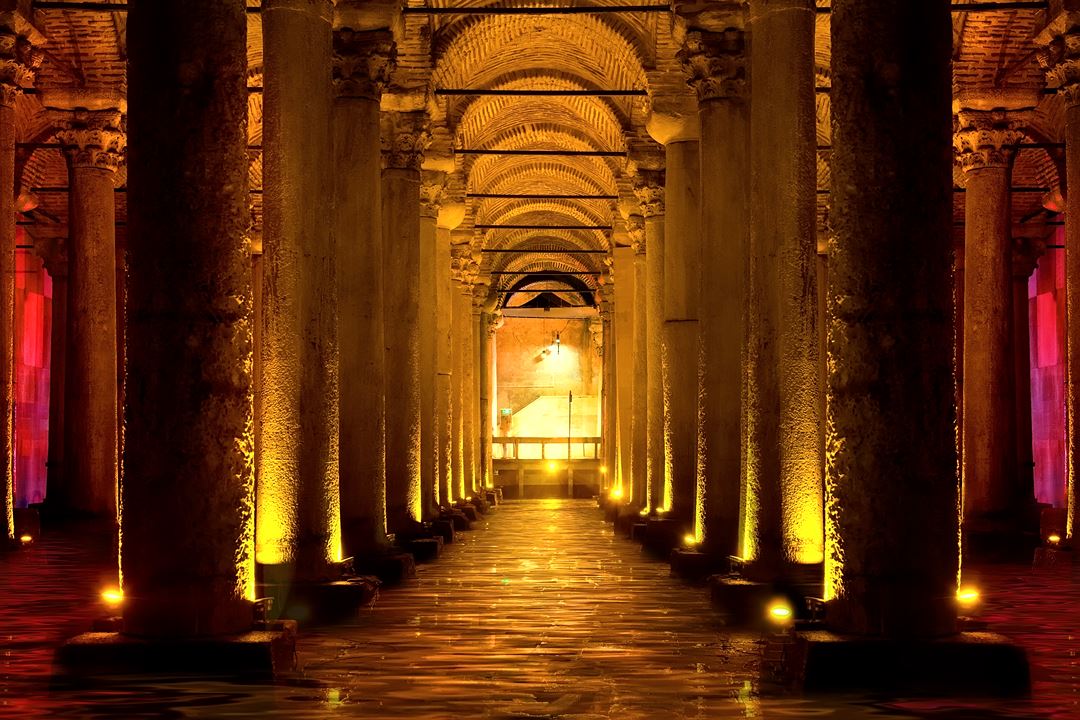
Yerebatan & Binbirdirek Cistern
The sources suggest that Binbirdirek Cistern was constructed by order of Byzantine Emperor Constantine I in the 4th century, while Yerebatan Cistern was constructed by order of Byzantine Emperor Justinian I in 542 to meet the water needs in the city. There are 336 pillars each with a height of 9 meters in Yerebatan Cistern. There are legends about these cisterns located in the middle of the Historical Peninsula talked about for many years up until today. These interesting legends about Yerebatan and Binbirdirek Cisterns make these buildings more mysterious and interesting. The historical ambiances of these significant buildings of Istanbul are worth seeing.
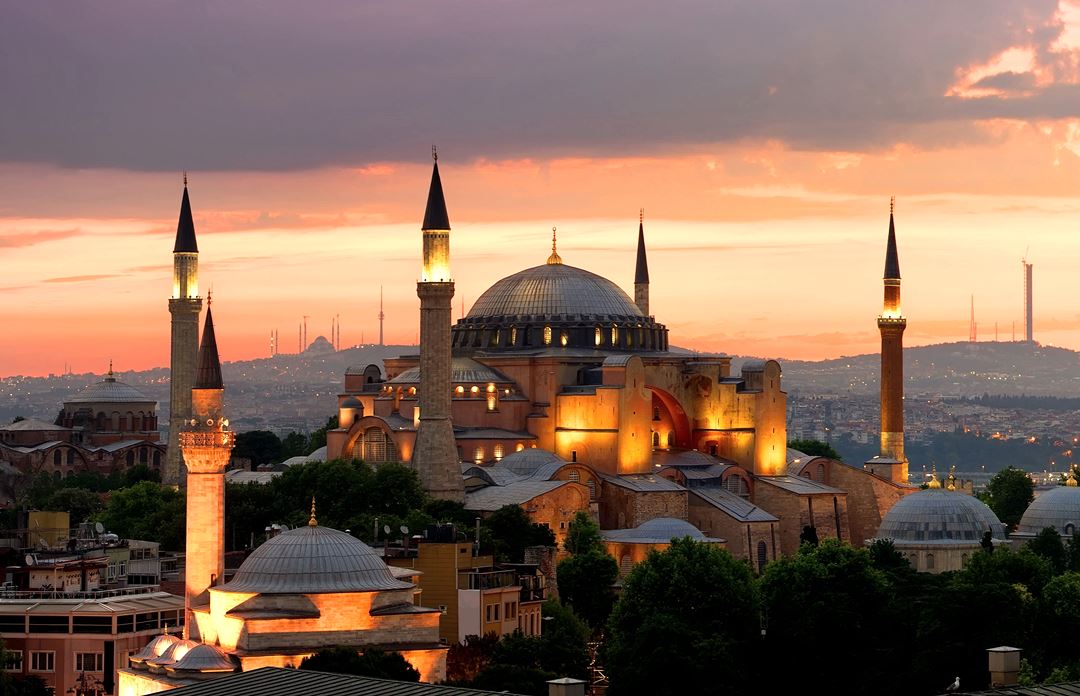
Hagia Sofia
One of the most important historical buildings that remained standing up until today, Hagia Sofia is a monumental work constructed by order of Byzantine Emperor Justinian in 537. This building was used as a church for 916 years with the name of ‘Great Church’ in the Byzantine Empire, then as a church for 481 years with the name of ‘Great Mosque’ in the Islamic World and the Ottoman Empire, and then converted into a museum with a cabinet decision dated November 24, 1934. This cabinet decision was abolished on July 10, 2020 and then Hagia Sofia was opened for worship again with a Presidential Decree signed by President Recep Tayyip Erdoğan. Remember to see this masterwork, the apple of the eye of Istanbul, impressing everyone with its magnificence and architecture.

Sultan Ahmed Mosque
Blue Mosque, also known as Sultan Ahmed Mosque, was constructed between 1609-1616. This mosque is adorned with more than 20,000 blue, green and white Iznik tiles and thus called “Blue Mosque” by most Europeans due to the penmanship used on the semi-domes and the grand dome. After the conversion of Hagia Sophia into a museum from a mosque in 1934, the structure has become Istanbul's primary mosque. As a matter of fact, together with its social complex, Blue Mosque is one of the largest building complexes in Istanbul. This social complex consists of medreses, nobleman's quarters, market row, Turkish baths, fountains, tombs, medical quarters, school, almshouse and lodgings.
